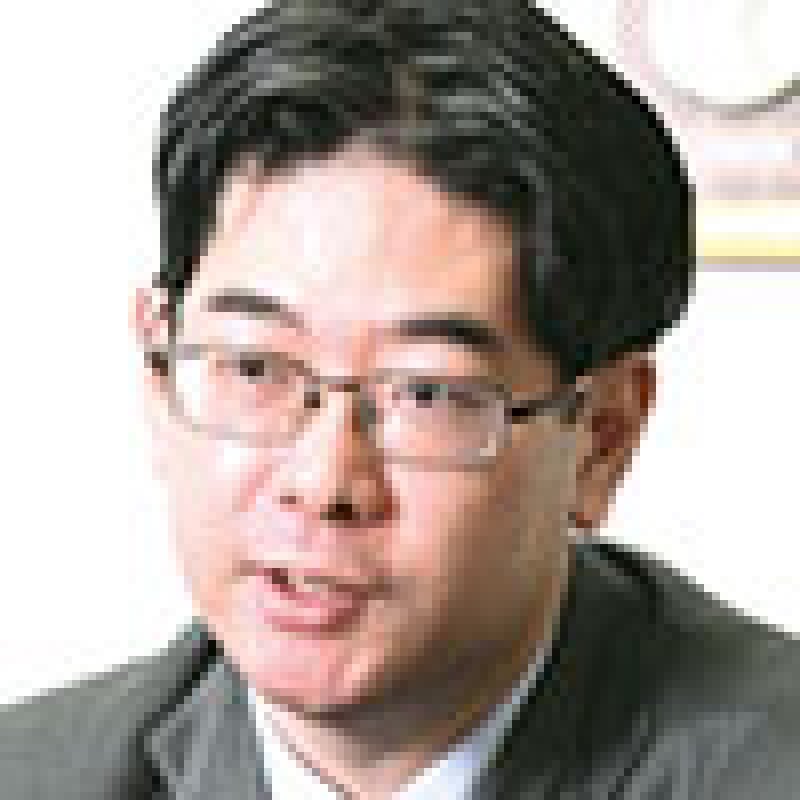Debiopharm International SA, the appellant, owns a patent for an invention titled "pharmaceutically stable oxaliplatinum preparation". Debiopharm was granted registrations of patent term extension (PTE) for the patent based on approvals provided in the Pharmaceutical Affairs Law for "ELPLAT I.V. Infusion Solution" which is oxaliplatin (equal to oxaliplatinum) preparations. Towa Pharmaceutical Co, Ltd, the appellee, manufactured and sold generic drugs of ELPLAT. Debiopharm sought an injunction on manufacturing, etc of Towa's products alleging that the effect of the extended patent right covers the manufacturing and selling of those products.
In its judgment of January 20 2017, the Grand Panel of the IP High Court (Presiding Judge Shitara) judged as follows and established new criteria on the scope of extended patent right:
1) Scope of extended patent right
The extended patent right covers not only the product (medicinal product) identified by "ingredient, quantity, dosage, administration, effectiveness, and efficacy" designated by the Cabinet Order Disposition, but also a product substantially identical to it as a medicinal product. Third parties should foresee this. Therefore, even if there is a different part from the product manufactured by the opponent (opponent's product) in the above composition determined by the Cabinet Order Disposition, if the part is merely a slight difference or a superficial difference as a whole, the opponent's product is included in the product substantially identical to the one subject to the Cabinet Order Disposition as a medicinal product, and is within the scope of the extended patent right.
2) "substantially identical"
Whether or not it is merely a slight or superficial difference as a whole should be judged based on the contents of the patented invention considering common general knowledge of the skilled person as follows: compare the identity of the technical feature and the function and effect of the product identified by "ingredient, quantity, dosage, administration, effectiveness, and efficacy" designated by the Cabinet Order Disposition and the opponent's product.
Examples of where the "substantially identical" is found are:
i) Extended patent right concerning a patented invention featuring only active ingredients: the opponent's product is adding or converting a different ingredient other than the active ingredient based on the well-known art and conventionally used means at the time of applying for the Cabinet Order Disposition.
ii) Patented invention relating to the stability or dosage form of medicinal products regarding publicly known active ingredients: the opponent's product is adding or converting different ingredients in part based on the well-known art and conventionally used means at the time of applying for the Cabinet Order Disposition and the identity of the technical feature and the function and effect are found based on the contents of the patent.
iii) Only quantitatively meaningless differences can be found regarding "quantity" or "dosage and administration" designated by the Cabinet Order Disposition.
iv) Although "quantity" designated by the Cabinet Order Disposition is different, if the identity is found as a whole when also considering "dosage and administration", these differences are deemed as merely a slight difference or a superficial difference as a whole, and the opponent's product will be included in the product substantially identical to the one subject to the Cabinet Order Disposition as a medicinal product.
(In cases (i), (iii) and (iv), the identity of the technical feature and the function and effect are presumed.)
When determining the scope of "substantially identical" in Patent Act Article 68-2, five requirements of the doctrine of equivalents (DOE) cannot be applied. However, based on the estoppel doctrine, "substantially identical" cannot be found if a special circumstance exists, such as the opponent's product being intentionally excluded from the scope of extended patent in the patent application procedures.
3) Whether Towa's products are included in the product substantially identical to the product subject to the Cabinet Order Disposition
The specification states that in oxaliplatin aqueous solution the purpose of the patented invention can be achieved by specifying the concentration of the active ingredient and the pH into limited ranges and by using "oxaliplatin aqueous solution which is free of any acidic or alkaline agent, buffer or other additive". The specification also states: "This preparation is free of any other component and should, in principle, not contain more than about 2% of impurities".
Based on these, in the present invention, it is one of the technical features of the oxaliplatin aqueous solution that the concentration of the active ingredient and the pH are specified into limited ranges and that no additive is included.
Therefore, the difference of "ingredients" between both products that the product subject to the Cabinet Order Disposition are aqueous solution consist of only oxaliplatinum and water for injection whereas Towa's product adds concentrated glycerin of the same quantity as oxaliplatinum cannot be deemed as merely a slight difference or a superficial difference as a whole considering the technical feature of the present invention. Thus, Towa's products are not included in the product substantially identical to the one subject to the Cabinet Order Disposition.
Practical tips
The IP High Court judgments in the Pacif and Avastin cases held that the scope of extended patent right covers an equivalent or a substantially identical product. However, this judgment did not use the term "equivalent" and specifically denied the application of DOE. This judgment ended the long debate of how to interpret "equivalent" and clarified the criteria.
The IP High Court judgment in the Avastin case held that "quantity" cannot be the element to limit the scope of extended patent right whereas the Tokyo District Court in this case held the opposite. This judgment held "quantity" is an element to identify the "product" and proposed cases (iii) and (iv). This judgment ended the long debate of whether "quantity" is an element to identify the "product" and clarified the criteria.
This judgment has been appealed to the Supreme Court. The Supreme Court judgment should be watched closely.

|
Takanori Abe |
ABE & Partners
Matsushita IMP Building
1-3-7, Shiromi, Chuo-ku, Osaka, 540-0001, Japan
Tel: +81 6 6949 1496
Fax: +81 6 6949 1487










